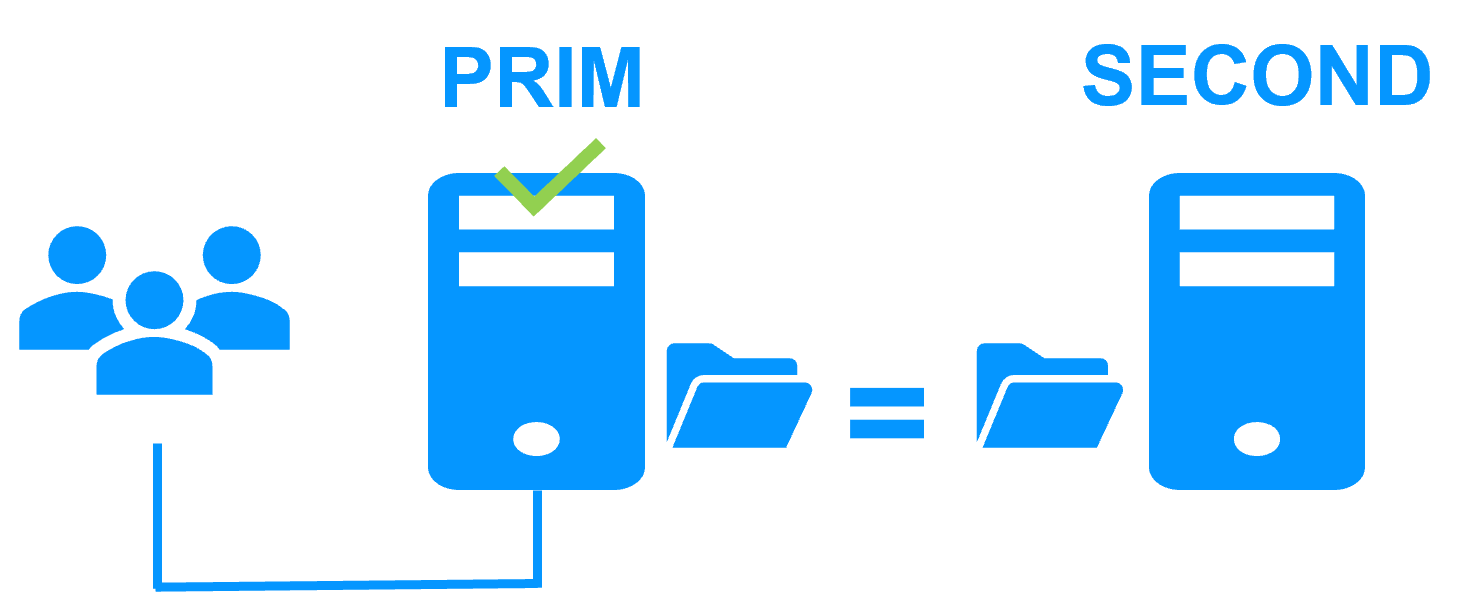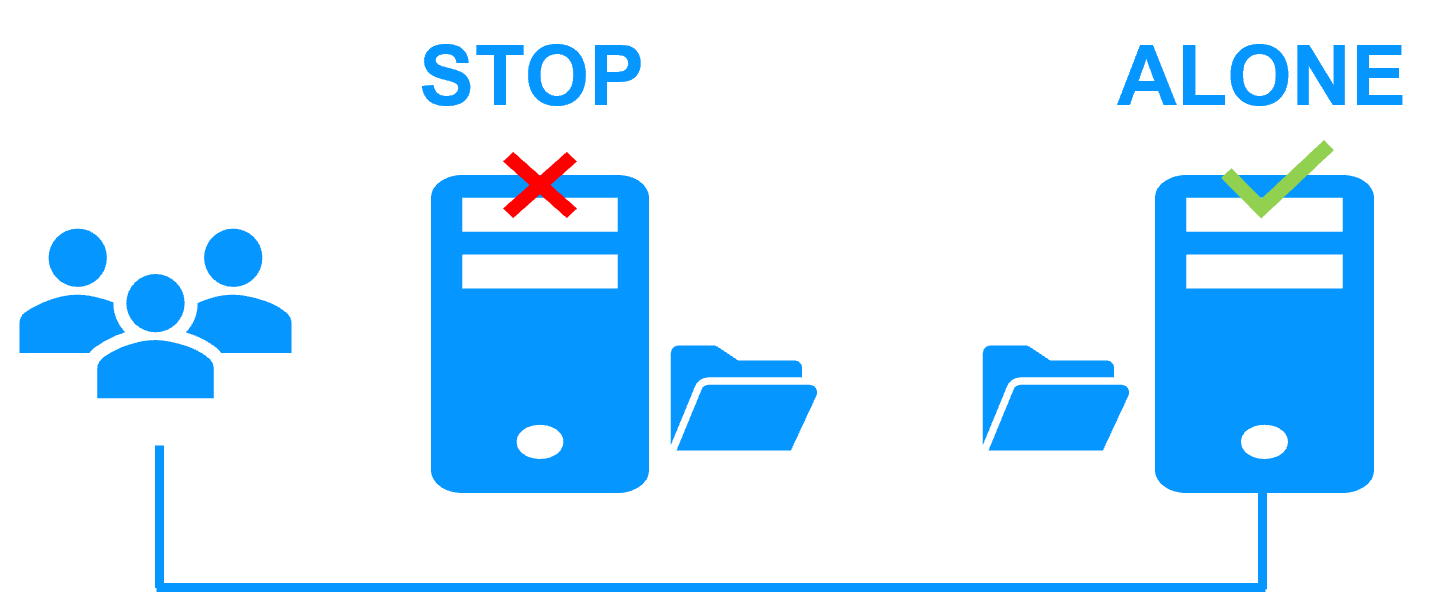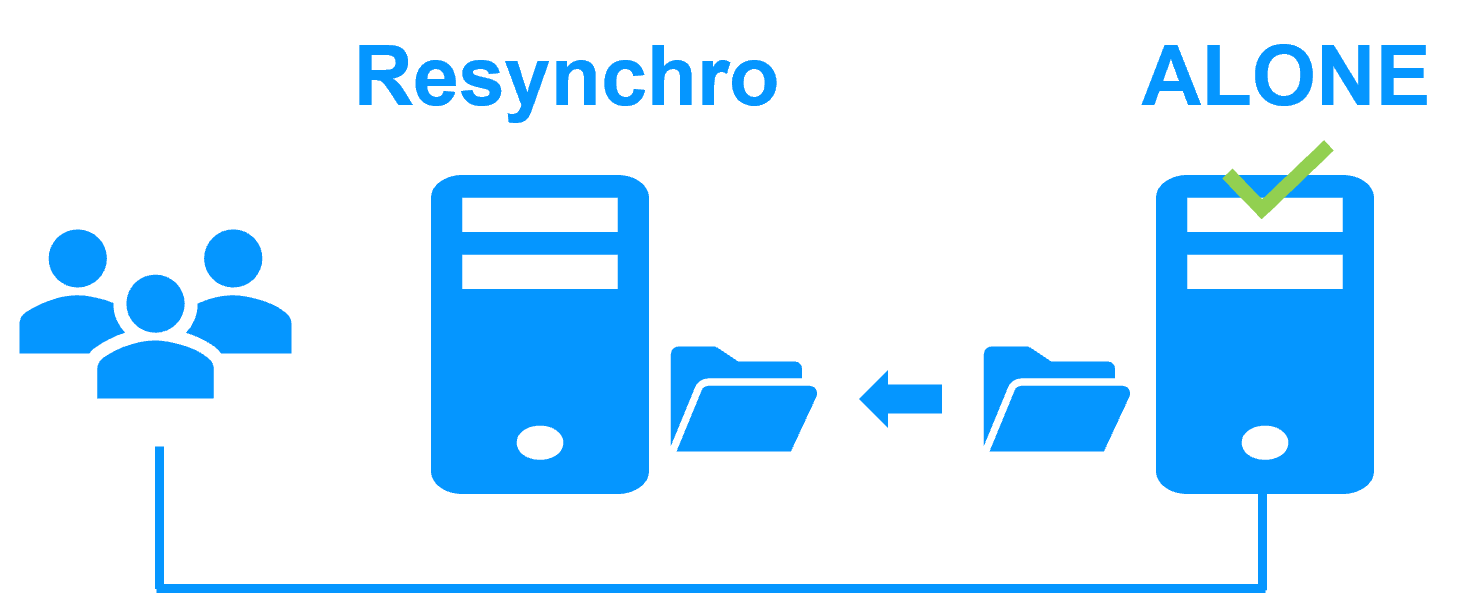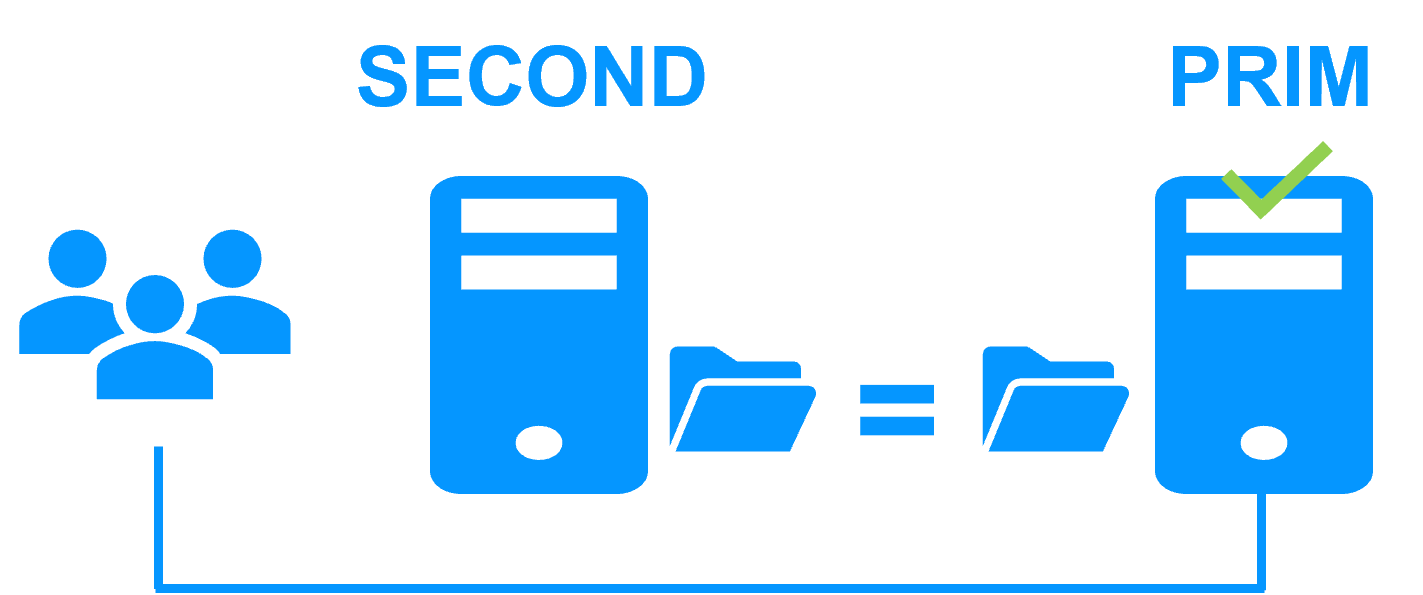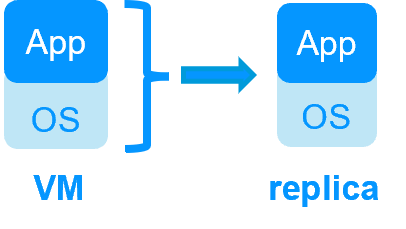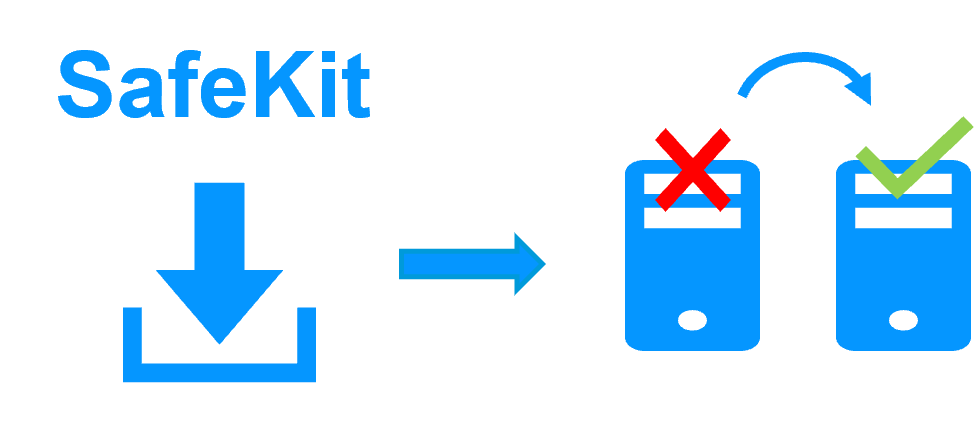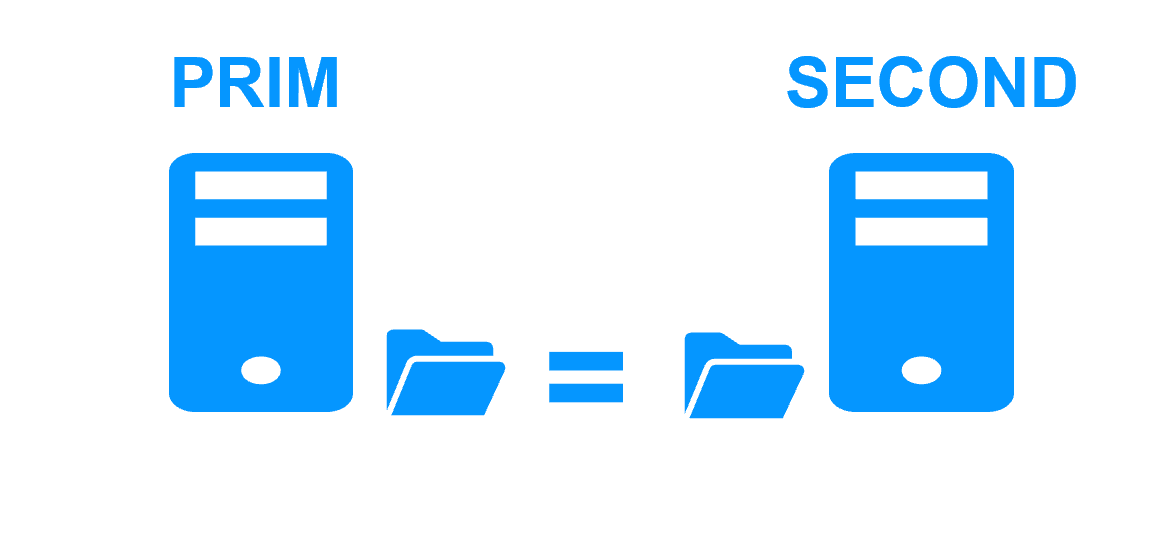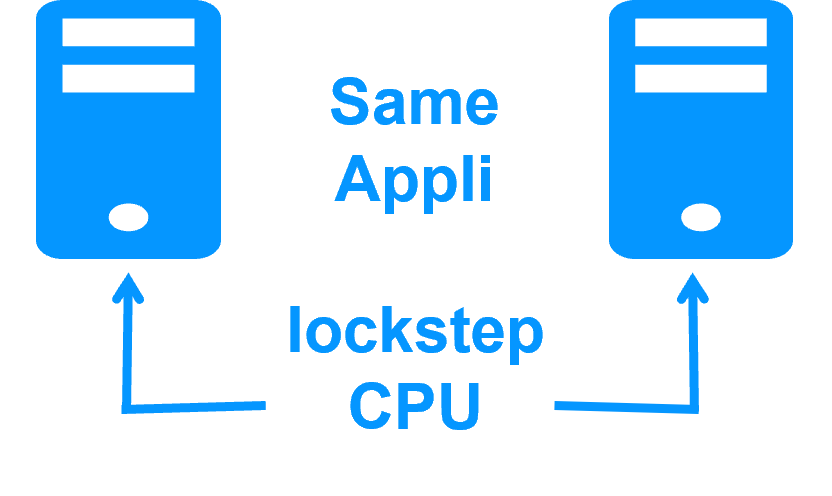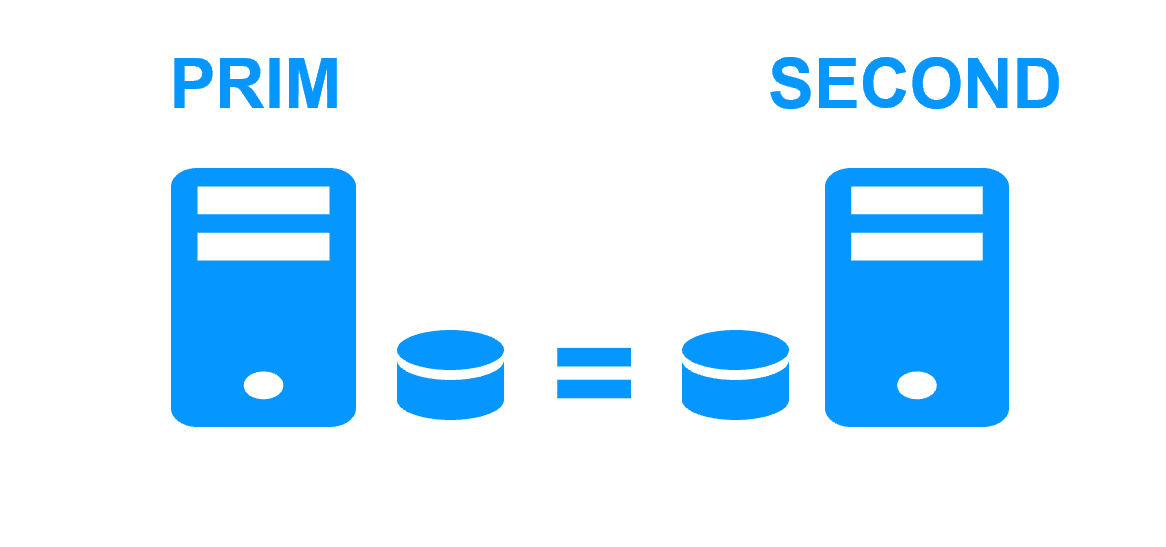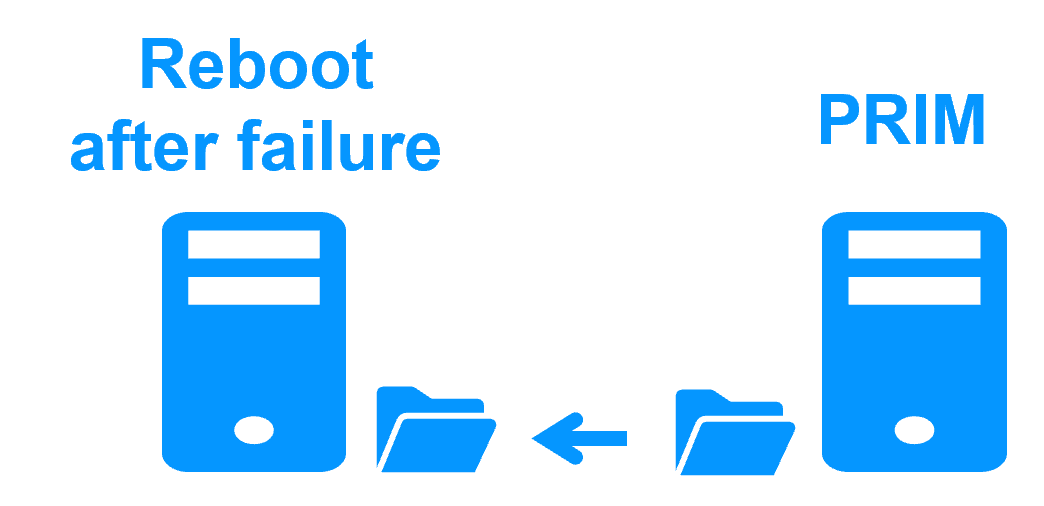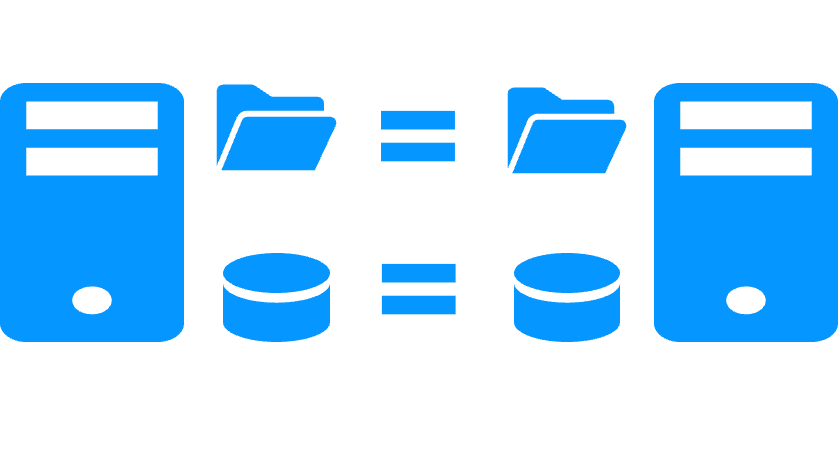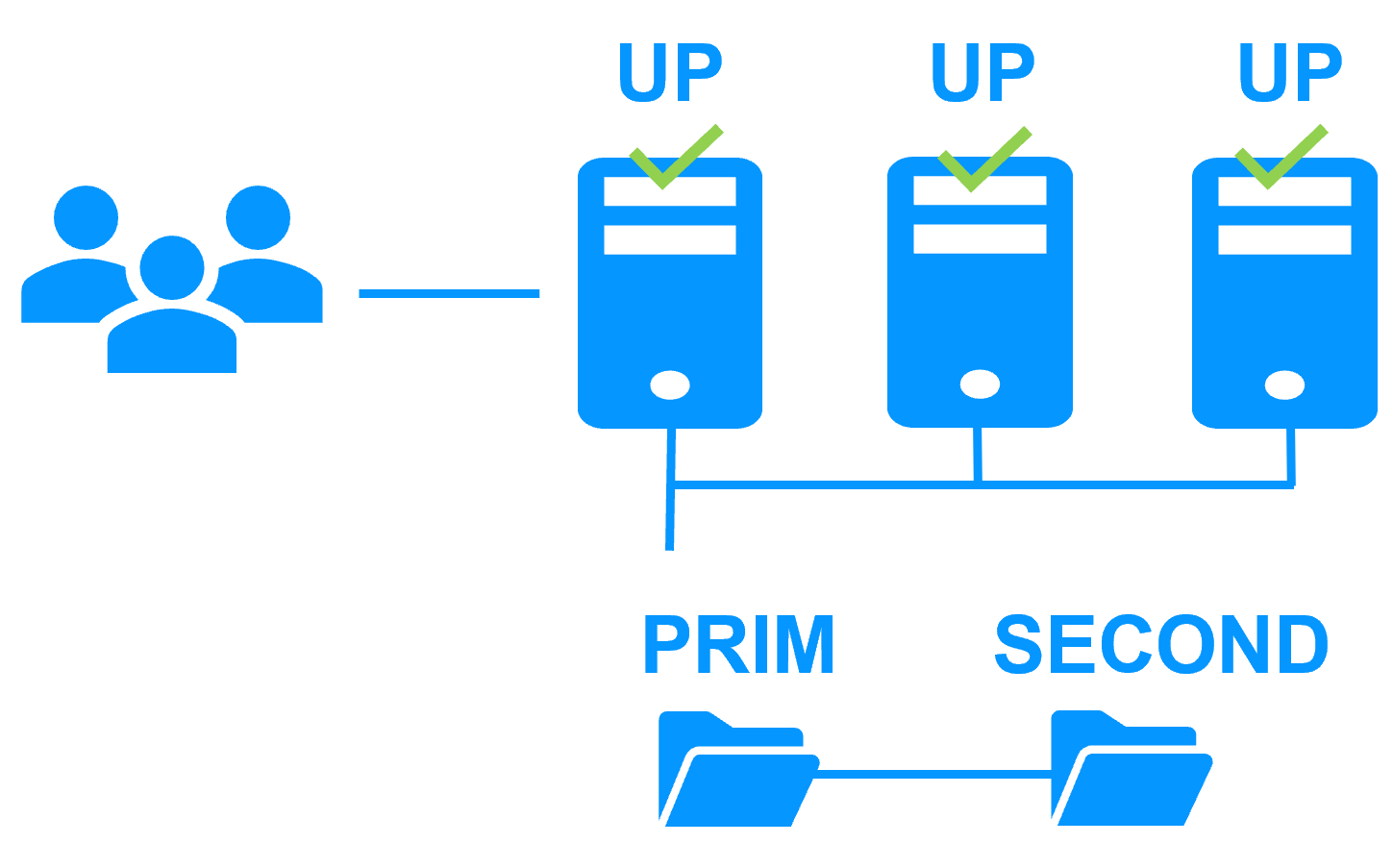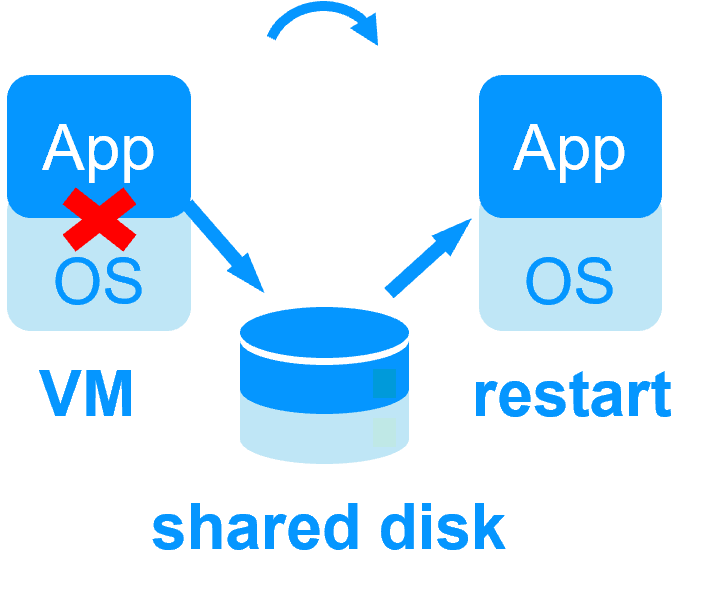| New Applications |
Real-Time Replication and Failover |
Windows |
mirror.safe |
View Guide: Windows Replication |
| New Applications |
Real-Time Replication and Failover |
Linux |
mirror.safe |
View Guide: Linux Replication |
| New Applications |
Network Load Balancing and Failover |
Windows |
farm.safe |
View Guide: Windows Load Balancing |
| New Applications |
Network Load Balancing and Failover |
Linux |
farm.safe |
View Guide: Linux Load Balancing |
| Databases |
Replication and Failover |
Microsoft SQL Server |
sqlserver.safe |
View Guide: SQL Server Cluster |
| Databases |
Replication and Failover |
PostgreSQL |
postgresql.safe |
View Guide: PostgreSQL Replication |
| Databases |
Replication and Failover |
MySQL |
mysql.safe |
View Guide: MySQL Cluster |
| Databases |
Replication and Failover |
Oracle |
oracle.safe |
View Guide: Oracle Failover Cluster |
| Databases |
Replication and Failover |
Firebird |
firebird.safe |
View Guide: Firebird HA |
| Web Servers |
Load Balancing and Failover |
Apache |
apache_farm.safe |
View Guide: Apache Load Balancing |
| Web Servers |
Load Balancing and Failover |
IIS |
iis_farm.safe |
View Guide: IIS Load Balancing |
| Web Servers |
Load Balancing and Failover |
NGINX |
farm.safe |
View Guide: NGINX Load Balancing |
| VMs and Containers |
Replication and Failover |
Hyper-V |
hyperv.safe |
View Guide: Hyper-V VM Replication |
| VMs and Containers |
Replication and Failover |
KVM |
kvm.safe |
View Guide: KVM VM Replication |
| VMs and Containers |
Replication and Failover |
Docker |
mirror.safe |
View Guide: Docker Container Failover |
| VMs and Containers |
Replication and Failover |
Podman |
mirror.safe |
View Guide: Podman Container Failover |
| VMs and Containers |
Replication and Failover |
Kubernetes K3S |
k3s.safe |
View Guide: Kubernetes K3S Replication |
| AWS Cloud |
Real-Time Replication and Failover |
AWS |
mirror.safe |
View Guide: AWS Replication Cluster |
| AWS Cloud |
Network Load Balancing and Failover |
AWS |
farm.safe |
View Guide: AWS Load Balancing Cluster |
| GCP Cloud |
Real-Time Replication and Failover |
GCP |
mirror.safe |
View Guide: GCP Replication Cluster |
| GCP Cloud |
Network Load Balancing and Failover |
GCP |
farm.safe |
View Guide: GCP Load Balancing Cluster |
| Azure Cloud |
Real-Time Replication and Failover |
Azure |
mirror.safe |
View Guide: Azure Replication Cluster |
| Azure Cloud |
Network Load Balancing and Failover |
Azure |
farm.safe |
View Guide: Azure Load Balancing Cluster |
| Physical Security / VMS |
Real-Time Replication and Failover |
Milestone XProtect |
milestone.safe |
View Guide: Milestone XProtect Failover |
| Physical Security / VMS |
Real-Time Replication and Failover |
Nedap AEOS |
nedap.safe |
View Guide: Nedap AEOS Failover |
| Physical Security / VMS |
Real-Time Replication and Failover |
Genetec (SQL Server) |
sqlserver.safe |
View Guide: Genetec SQL Failover |
| Physical Security / VMS |
Real-Time Replication and Failover |
Bosch AMS (Hyper-V) |
hyperv.safe |
View Guide: Bosch AMS Hyper-V Failover |
| Physical Security / VMS |
Real-Time Replication and Failover |
Bosch BIS (Hyper-V) |
hyperv.safe |
View Guide: Bosch BIS Hyper-V Failover |
| Physical Security / VMS |
Real-Time Replication and Failover |
Bosch BVMS (Hyper-V) |
hyperv.safe |
View Guide: Bosch BVMS Hyper-V Failover |
| Physical Security / VMS |
Real-Time Replication and Failover |
Hanwha Vision (Hyper-V) |
hyperv.safe |
View Guide: Hanwha Vision Hyper-V Failover |
| Physical Security / VMS |
Real-Time Replication and Failover |
Hanwha Wisenet (Hyper-V) |
hyperv.safe |
View Guide: Hanwha Wisenet Hyper-V Failover |
| Siemens Products |
Real-Time Replication and Failover |
Siemens Siveillance suite (Hyper-V) |
hyperv.safe |
View Guide: Siemens Siveillance HA |
| Siemens Products |
Real-Time Replication and Failover |
Siemens Desigo CC (Hyper-V) |
hyperv.safe |
View Guide: Siemens Desigo CC HA |
| Siemens Products |
Real-Time Replication and Failover |
Siemens Siveillance VMS |
SiveillanceVMS.safe |
View Guide: Siemens Siveillance VMS HA |
| Siemens Products |
Real-Time Replication and Failover |
Siemens SiPass (Hyper-V) |
hyperv.safe |
View Guide: Siemens SiPass HA |
| Siemens Products |
Real-Time Replication and Failover |
Siemens SIPORT (Hyper-V) |
hyperv.safe |
View Guide: Siemens SIPORT HA |
| Siemens Products |
Real-Time Replication and Failover |
Siemens SIMATIC PCS 7 (Hyper-V) |
hyperv.safe |
View Guide: SIMATIC PCS 7 HA |
| Siemens Products |
Real-Time Replication and Failover |
Siemens SIMATIC WinCC (Hyper-V) |
hyperv.safe |
View Guide: SIMATIC WinCC HA |
